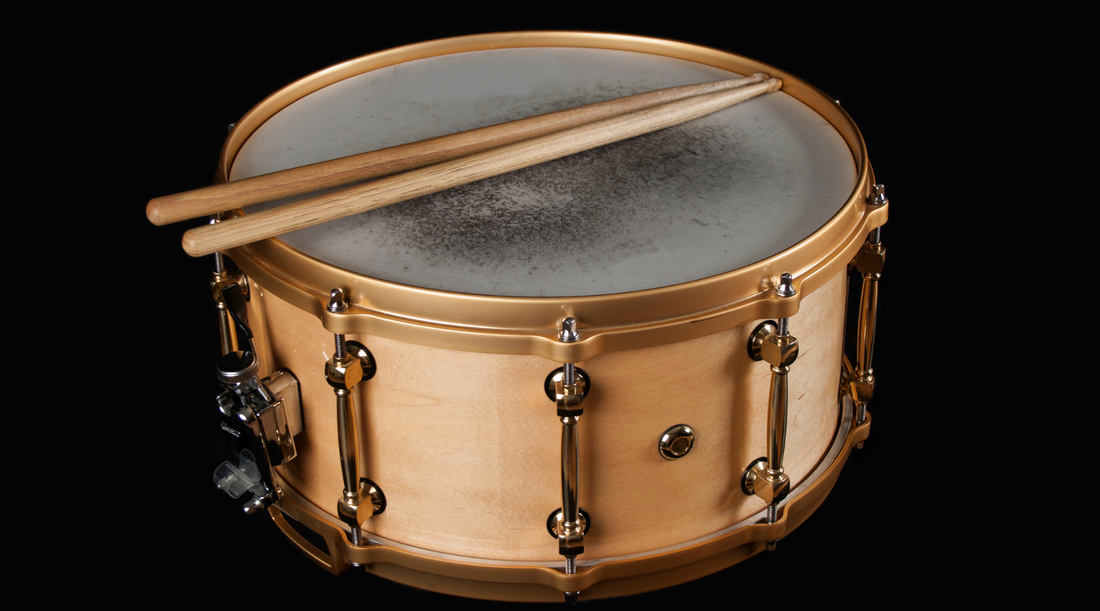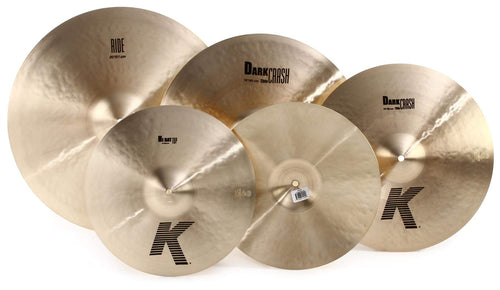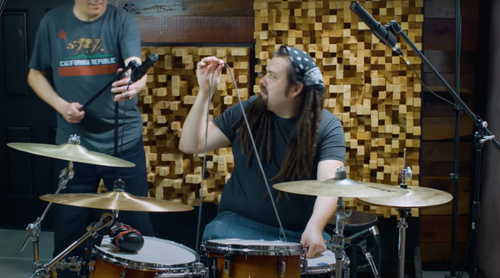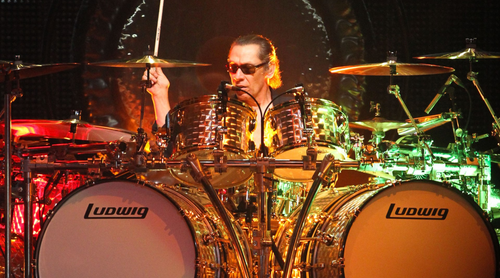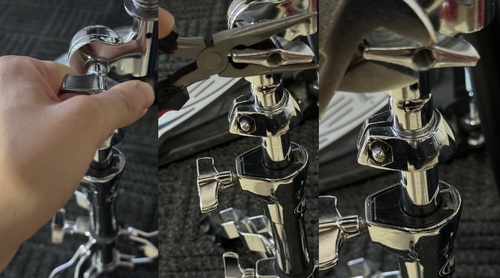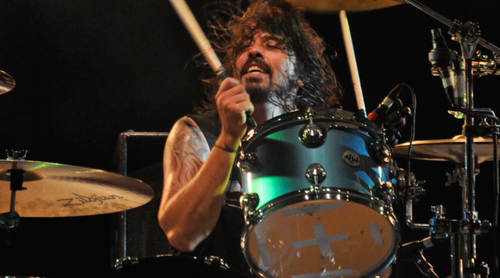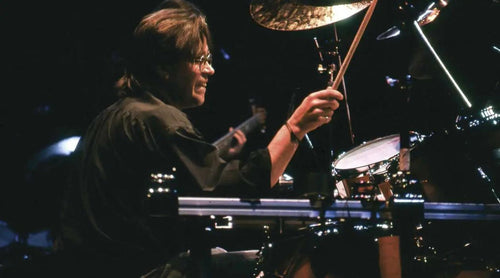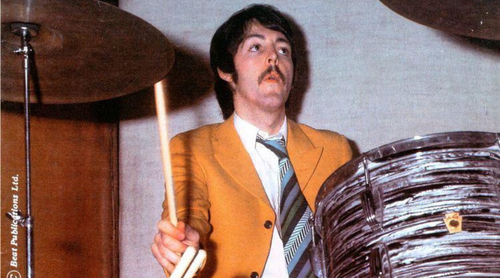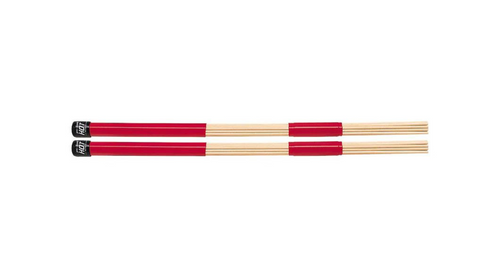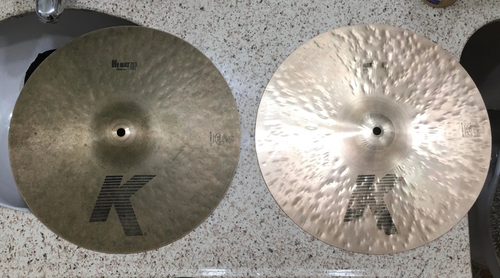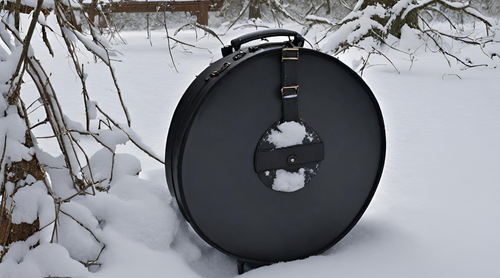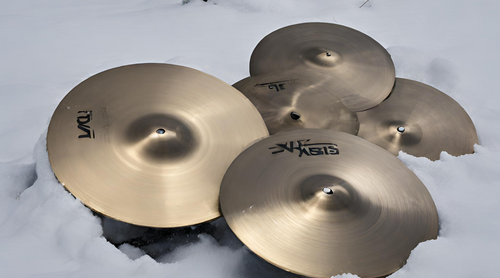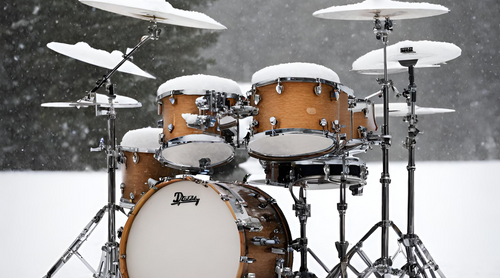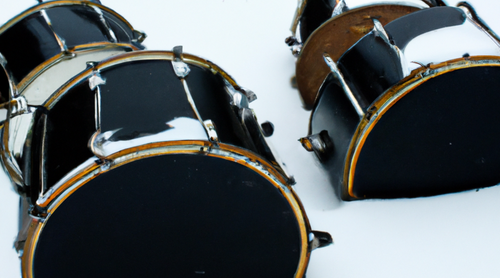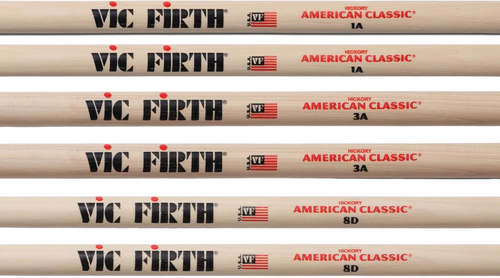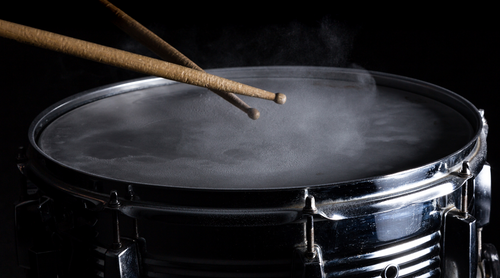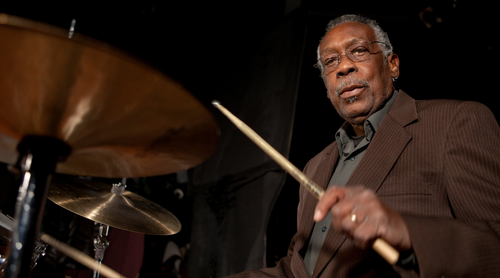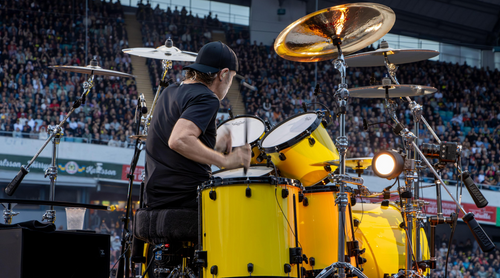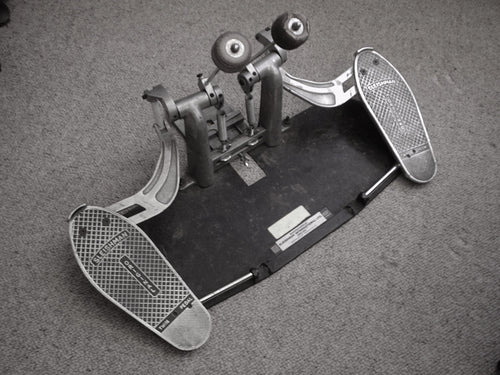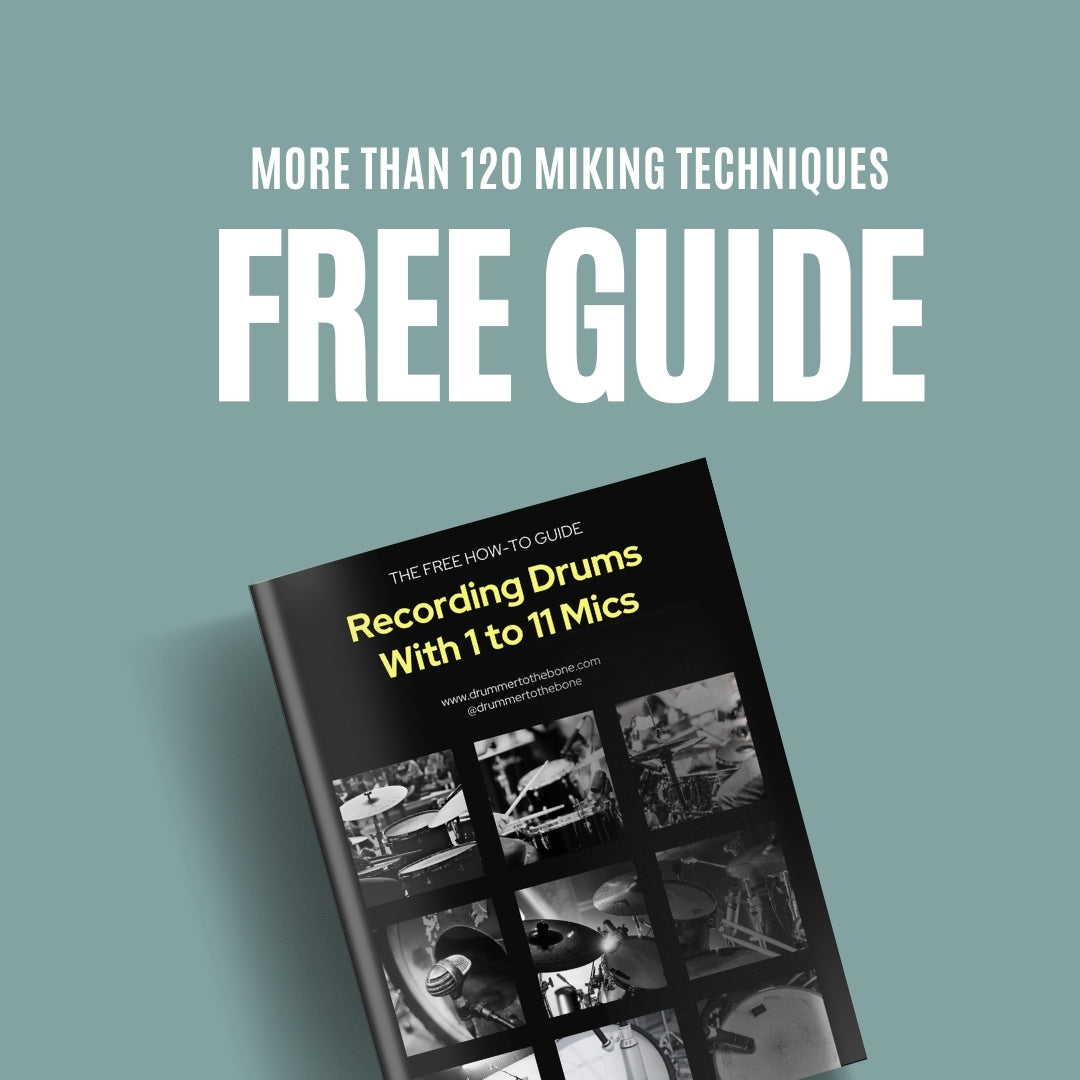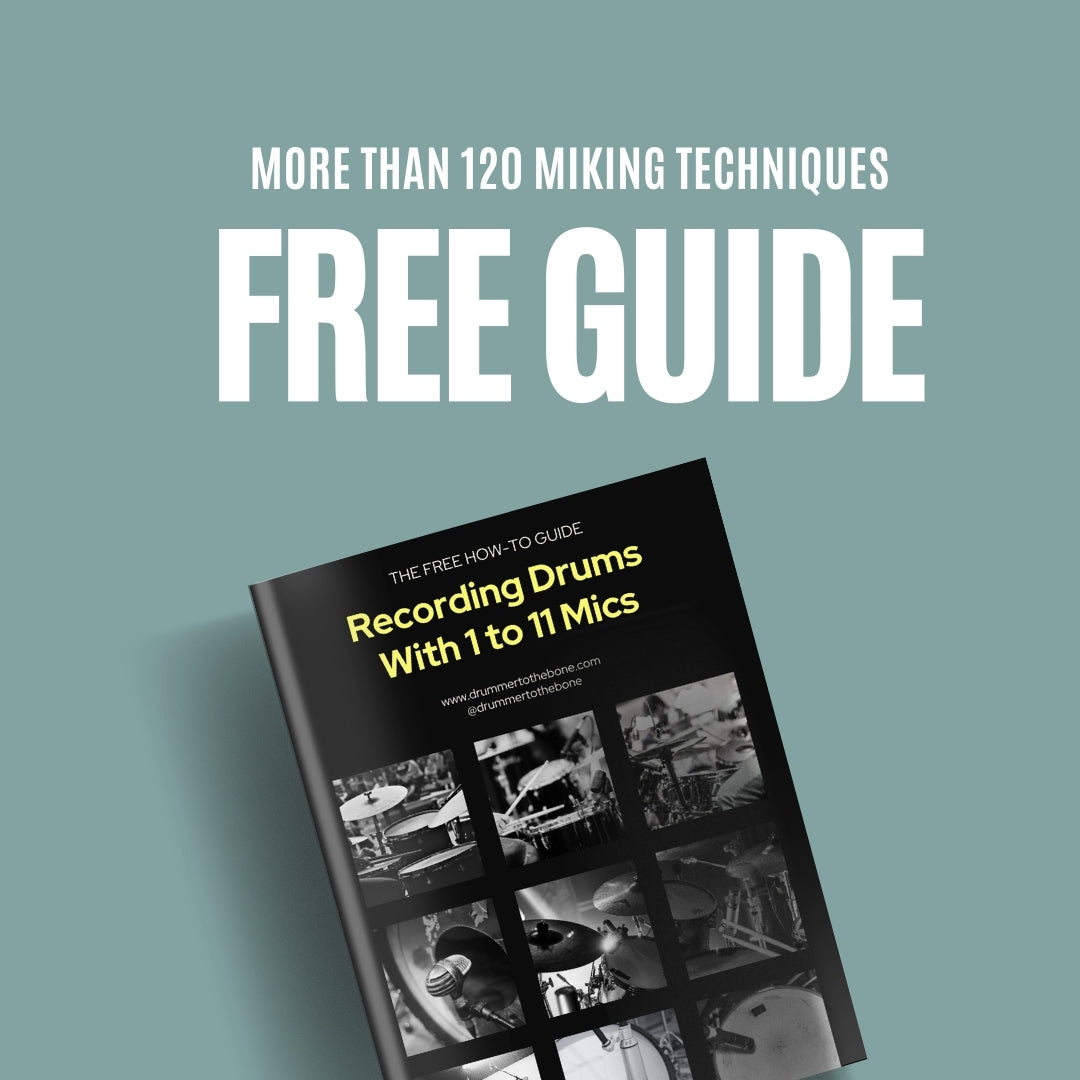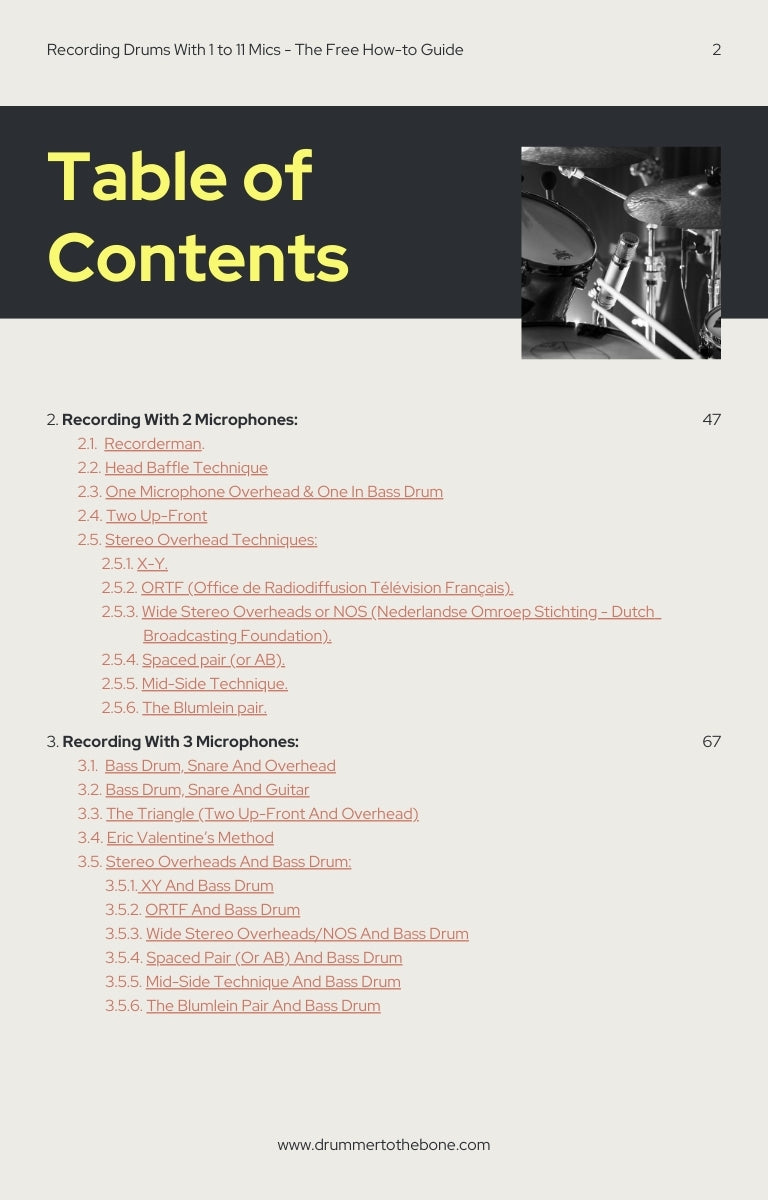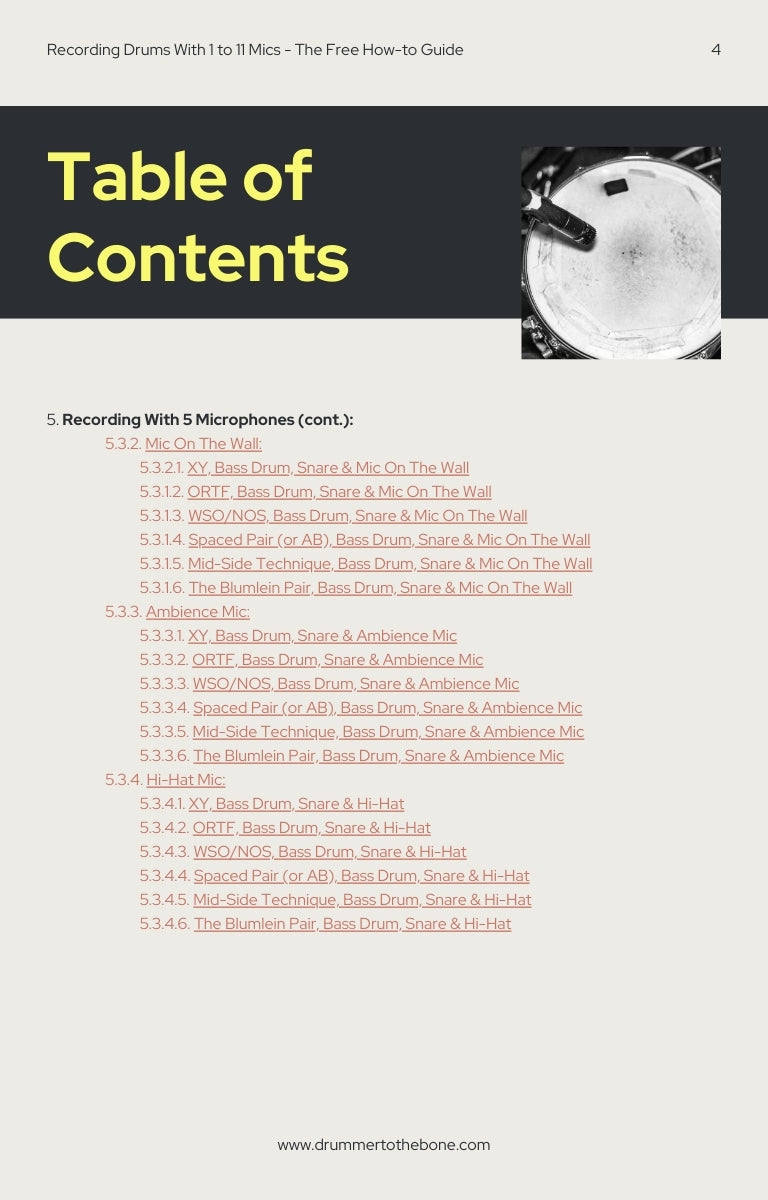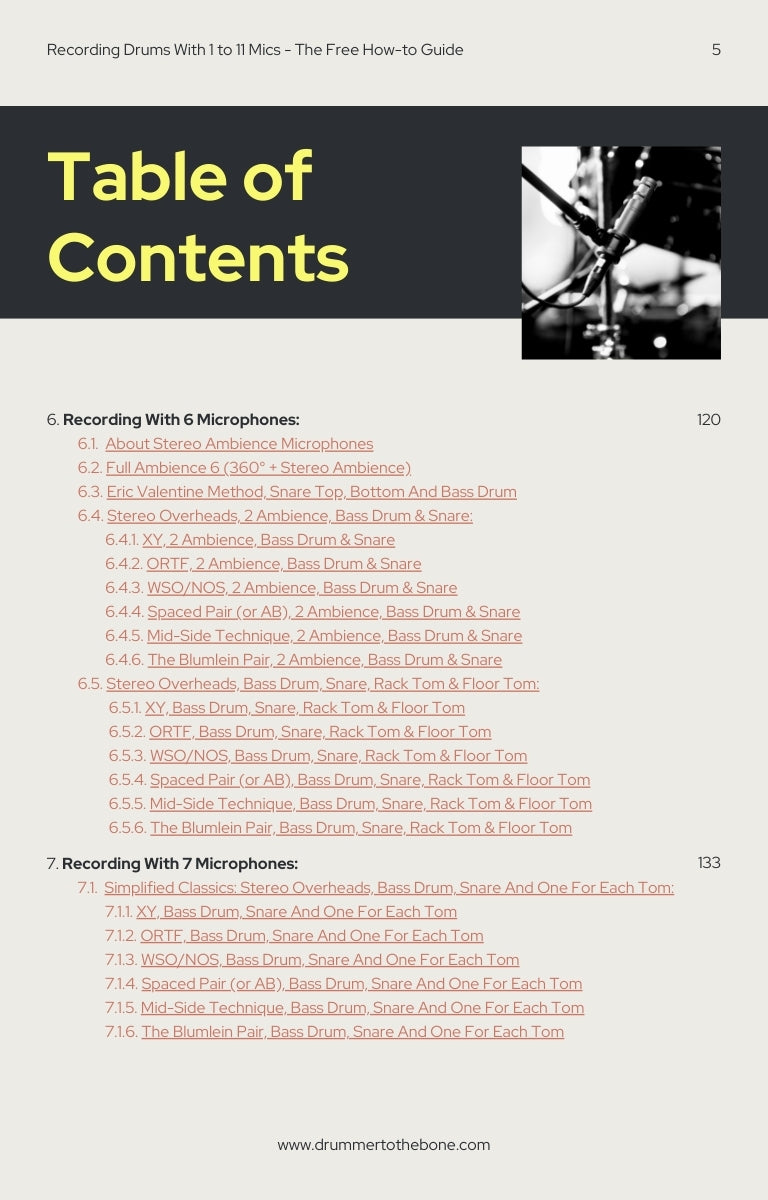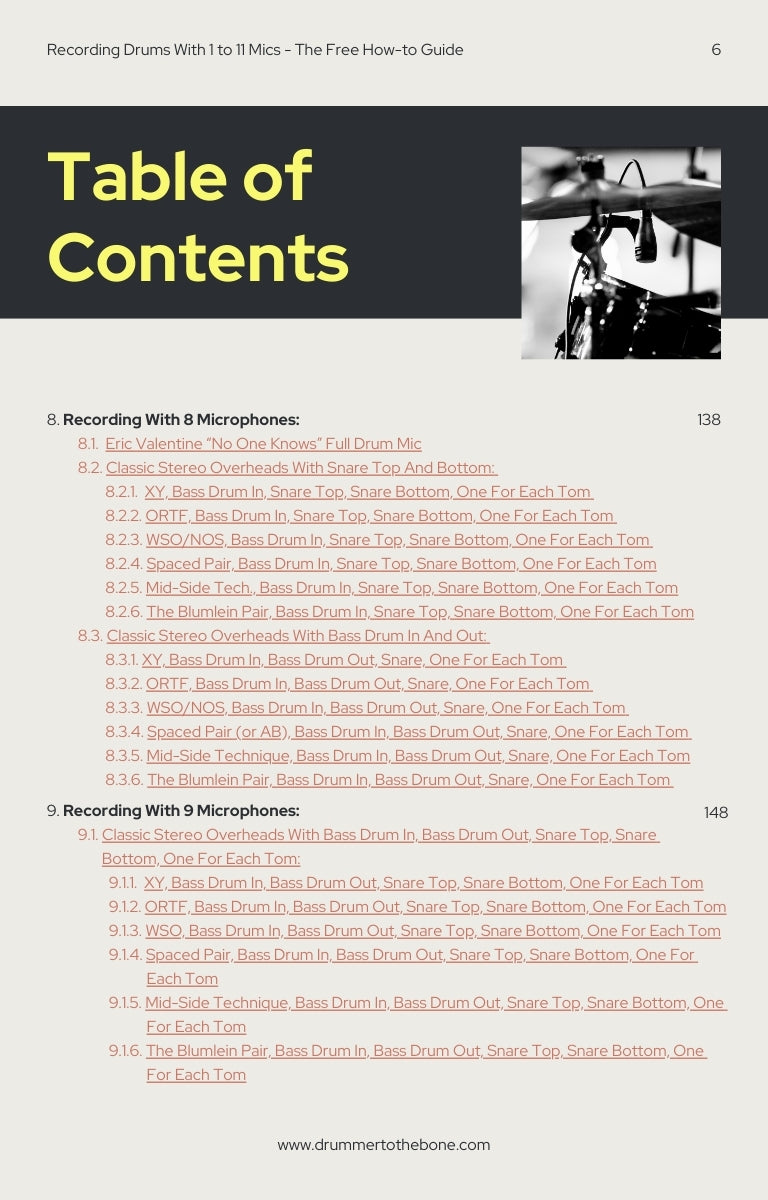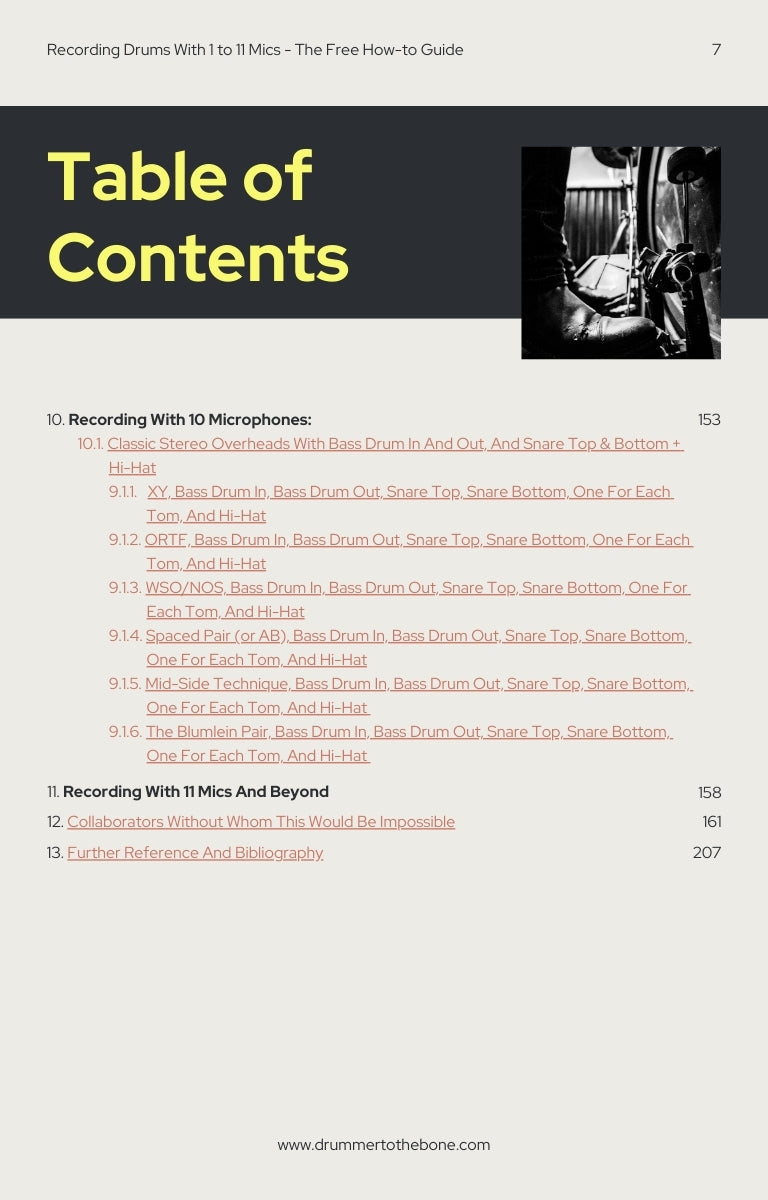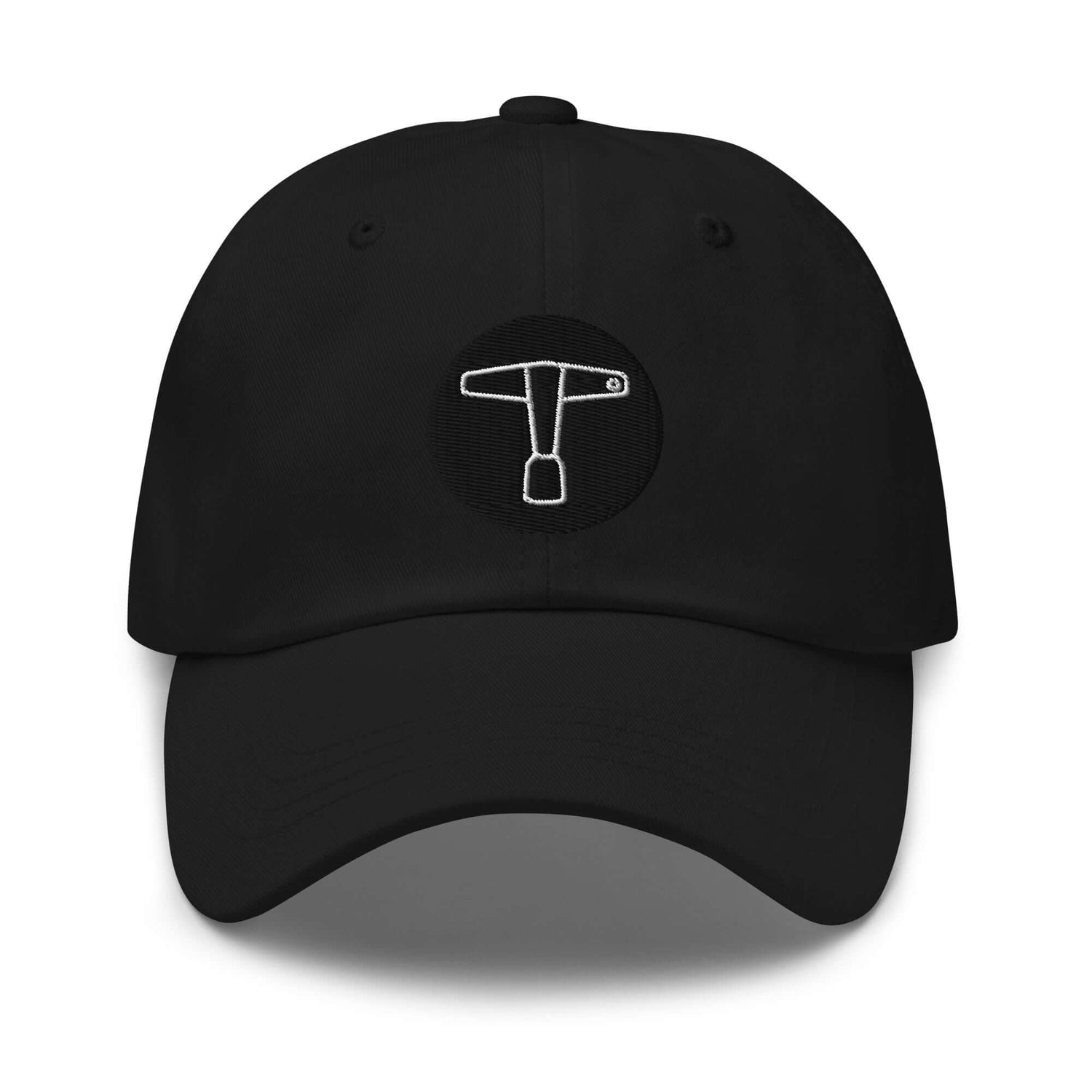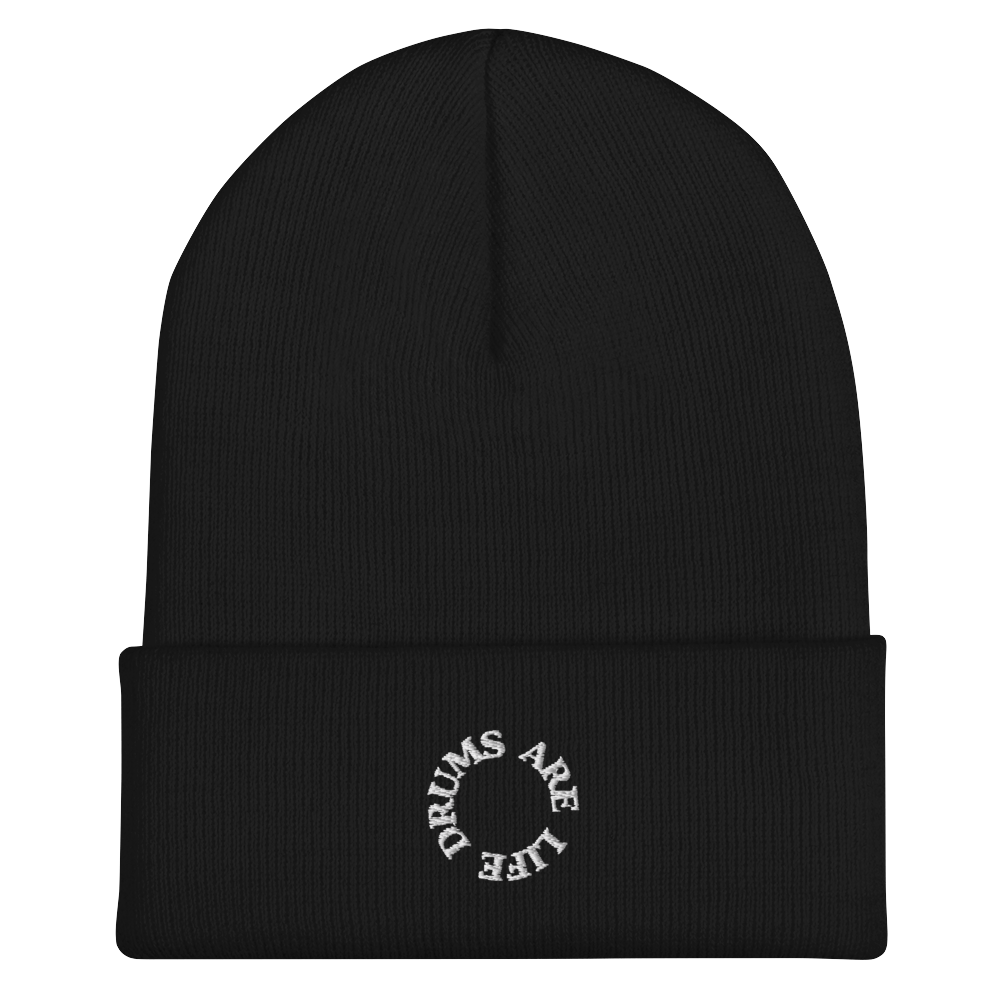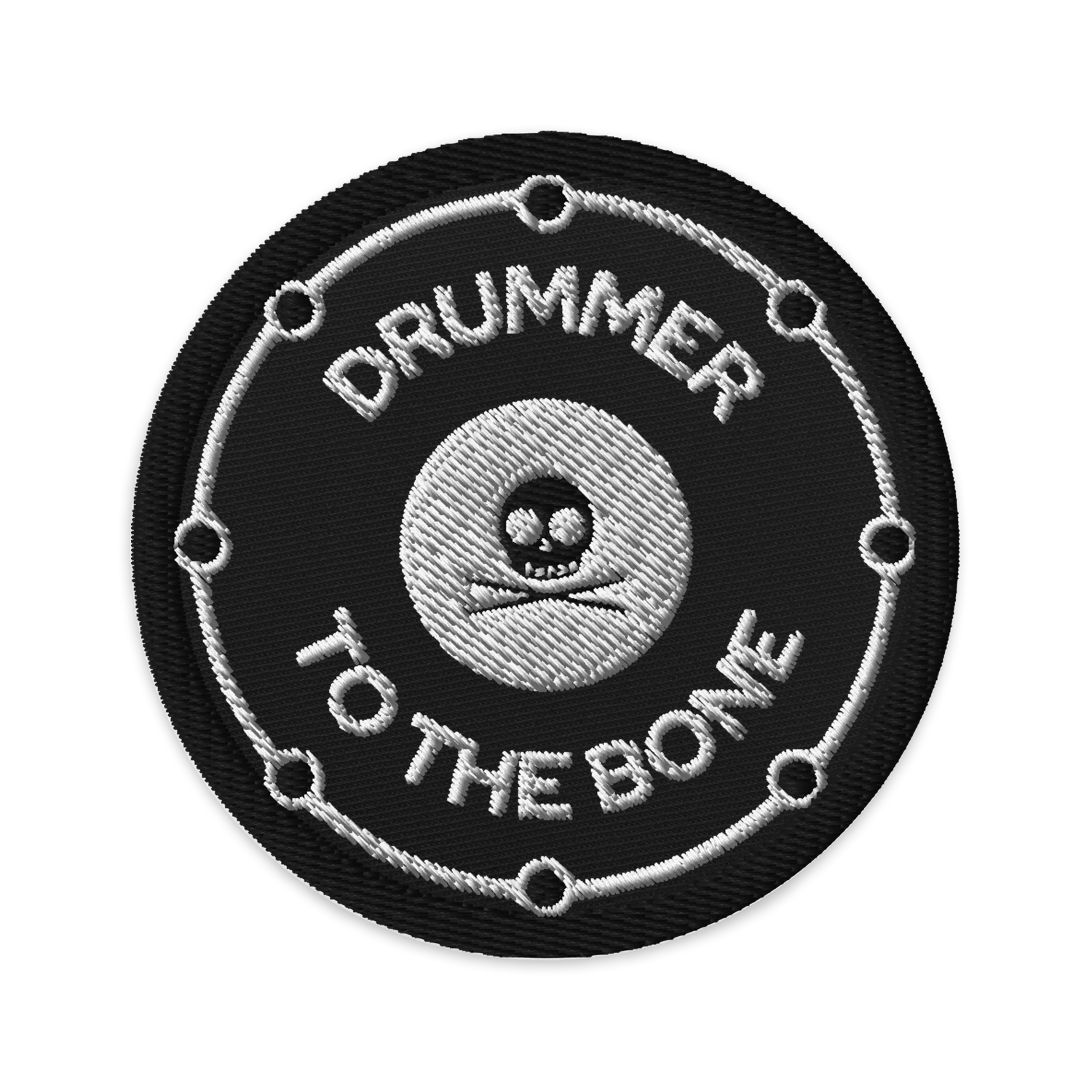
Should I be playing a wooden snare? If so, which one is the best fit for the sound I'm looking for?
Of course I’d love to buy every type of shell and size out there and be able to switch and try every possible combination for every occasion. But sadly, that’s not the case. And probably the same happens to you.
So, to help you decide on your next snare, we’ve put together this quick guide on snare shells. On this first guide, we’re exploring 9 types of wooden shells. Which one best adapts the best to your sound needs?
Wooden Snares
Wooden snares have, in general, a warmer sound, less overtones and more bass frequencies.
Metal snares tend to have a brighter sound with more attack, a lot more overtones and louder sounds.
If you’re looking to cut through the music, where the snare needs to stand out (like in a rock/metal/country situation), then a metal snare might be your best bet. On the contrary, if you’re looking to blend in with the music a bit more, and have more bottom end, then wood might be a good option.
Wood Snare Drum Shells:
1. Maple
By far the most common wood used for drum shells. Warm sound, great low frequencies, controlled middle and high frequencies. A fantastic general-purpose snare that supports a wide range of tuning.
Notable examples:
2. Mahogany
The vintage sound for excellence. Now a less common wood given that it has been listed as an endangered species International Union for Conservation of Nature. This means it is less available and much more expensive. Mahogany is well-known for its warm and dark sound, with great low end and fantastic mid-range punch.
Notable examples:
3. Birch
Focused attack, with enhanced low-end and a powerful bright tone. A great option for more aggressive playing because of its projection capabilities. Want that extra boost but with a warm sound? Then birch is your first option. Great for both the studio and live.
Notable examples:
4. Beech
Super fat snare sound. Similar to maple but with a bit more low-end and mid-range frequencies. It sits between maple’s warmth and birch’s attack. Great option, but pricey and not a lot of these out there.
Notable examples:
- Ludwig 14x6.5 Universal Beech Snare Drum
- Noble & Cooley Solid Shell Classic Beech Snare Drum 14x7 Natural Oil
5. Basswood
A wood on the softer side of the spectrum. Used often for entry-level drum sets. A great amount of low-end frequencies and very good mid-range. Not a lot of projection though, as is common in softer shells. Lightweight and affordable, and if tuned right, it can sound really great.
Notable examples:
6. Oak
Probably the hardest of the woods, which translates into great sound projection. A well-rounded sound. A great all-around option, but especially good on the warmer side of the spectrum.
Notable examples:
7. Poplar
Another soft and affordable wood, mainly because it grows fast and can be harvested in large quantities. It has a well-rounded sound and with a lot of high-end frequencies when compared to shells like mahogany.
Notable examples:
8. Walnut
A dense wood with lots of bottom end, warm and big; an ideal option when you’re looking for a deep sound with lots of attack:
Notable examples:
9. Cherry
It sits on the darker and gutsier side of the spectrum, but with a dynamic range of tuning, cherry brings out a mid-range signature with medium projection and great capabilities for blending in with a very characteristic snap.
Notable examples:
- Craviotto 14x5.5 Custom Shop Cherry Snare Drum with Red Inlay
- Sonique Drums 14" North American Cherry Snare
You can check out our second guide on metal snares here.

